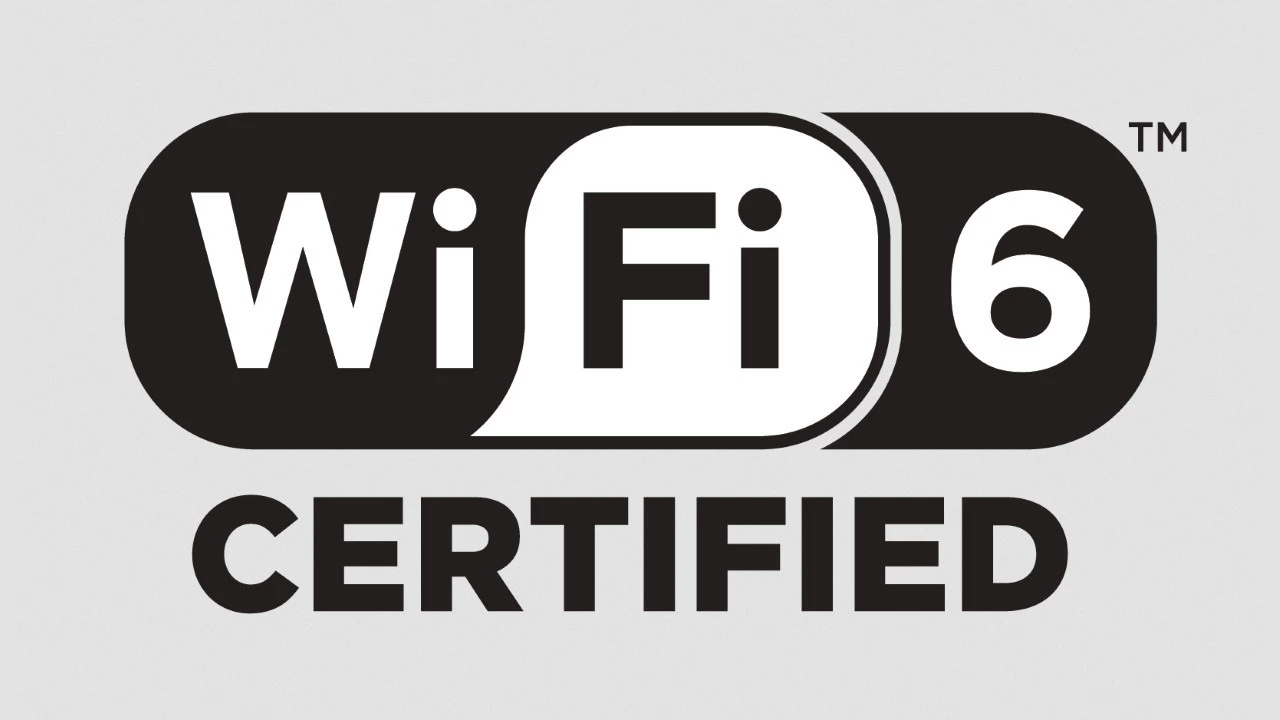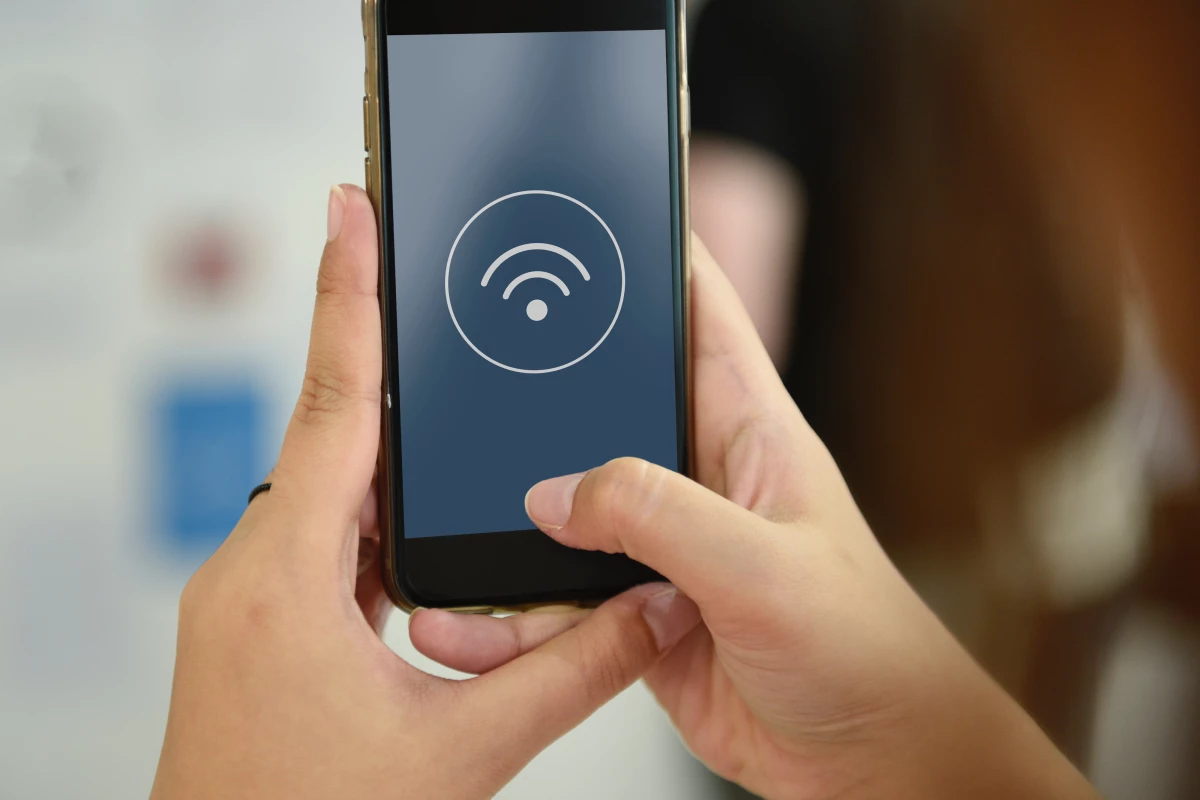The next generation of Wi-Fi is here, with improved capacity, better performance in crowded networks and a welcome speed boost of up to 40 percent. With the announcement of the Wi-Fi Alliance's new certification program, things are set to kick off in a big way.
While a number of Wi-Fi 6 products have been on the market for a while now, the Wi-Fi Alliance's announcement of its "Wi-Fi Certified 6" certification program is a big step in the adoption of the new standard. The purpose of the certification program is to encourage Wi-Fi 6 products and applications which meet the highest standards for security and interoperability, while also giving manufacturers a means of differentiating themselves from the competition.
It's important to understand that there's a difference between Wi-Fi 6 compliant or compatible and Wi-Fi Certified 6. The program (which is only open to members of the Wi-Fi Alliance), puts products through a thorough testing process, and if the standards are met, the manufacturer gets to use the Wi-Fi Certified 6 badge on the product, packaging and marketing material.
This doesn't necessarily mean a non-certified product is automatically inferior though. For example, Apple has famously disregarded Wi-Fi Alliance certification for years, and still its devices have always worked just fine with the latest Wi-Fi iterations. So, while the iPhone 11, 11 Pro and 11 Pro Max will support Wi-Fi 6, the only smartphone to achieve certification under the program – so far – is the Samsung Galaxy Note 10.

What's in a name?
The new standard is technically known as IEEE 802.11ax but is marketed under the far more common-sense, consumer-facing tag of Wi-Fi 6. The current Wi-Fi standard is 802.11ac, which took over from 802.11n, but honestly, who remembers where these sit chronologically – or technically? They don't even make sense alphabetically. So, in lockstep with Wi-Fi 6, the other standards will be getting new names as well. 802.11n will now also be known as Wi-Fi 4, while 802.11ac will be rebadged as Wi-Fi 5. This makes it so much simpler to identify how up-to-date, compatible and feature-rich devices and applications are when shopping about for devices and services.
Wi-Fi 6 offers a lot to both business and home users, as well as manufacturers. The new standard delivers almost four times the capacity of Wi-Fi 5, has lower latency and brings big performance improvements for users in densely connected Wi-Fi environments – from offices to Wi-Fi-enabled public spaces such as airports, stadiums and the like. With the plethora of Wi-Fi-enabled tech we have at our disposal today, having routers capable of dealing intelligently with the load is not only handy, it's essential.
The low power requirements of Wi-Fi 6 means enhanced battery life for regular devices, but also opens up opportunities for innovation in low-power industries such as M2M and IoT (Machine to Machine and the Internet of Things) as well as developers of wearable or discreet products.
Of course, we all want everything to be faster, and to this end, Wi-Fi 6 boosts the maximum speed from 3.5 Gbps to 9.6 Gbps. Don't get too hooked up on these numbers though, as they're mostly academic. The big benefit comes from combining this speed boost with Wi-Fi 6's ability to deliver more data at once and work more efficiently. So, yes, at your end, this means a faster Wi-Fi experience all round.
It ought to be noted though, that while your current devices will work in a Wi-Fi 6 network – and may even be a little faster – to get the full benefit, you'll need to upgrade. But don't worry, your favorite smartphone and computer manufacturers will no doubt be able – and happy – to sell you Wi-Fi 6-compatible devices soon enough.
A short video about Wi-Fi 6, recorded at CES 2019, can be viewed below.
Source: Wi-Fi Alliance




